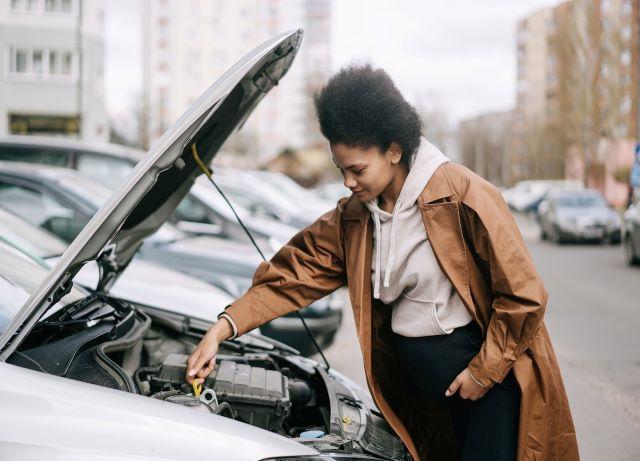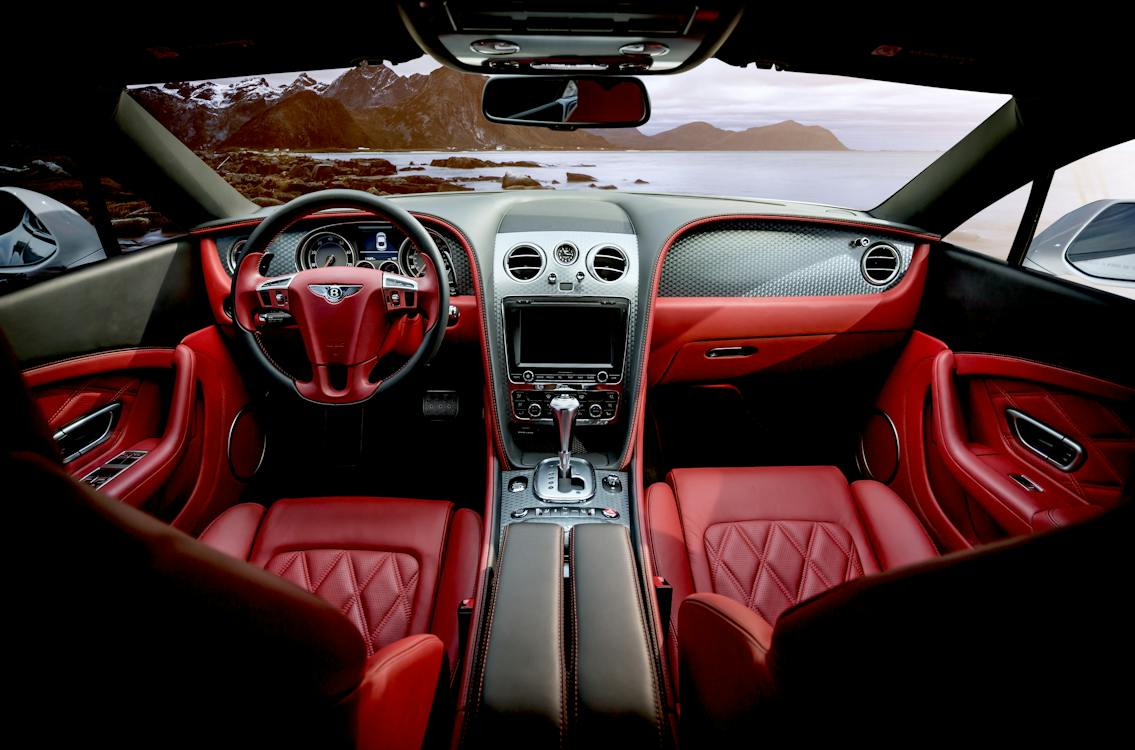A shiny, new ride can be tempting, given its high-tech features. However, it comes with a hefty price tag. On the other hand, a used car can be a wise option whether you’re searching for your first ride or a replacement vehicle. With regular maintenance and proper care, your used car can last for years.
It can be overwhelming to pick a used car that won’t quickly die on you. You’ll face a lot of options, from models and makes to mileage. Furthermore, finding a dealership or sales agent you can trust will be challenging, so it’s best to know what to check when buying used car.
If you’re interested in knowing the essential checklist to refer to when buying a second-hand vehicle, read on.
The Preparation Checklist
Nowadays, buying a second-hand car is pretty straightforward. You can easily browse on social media groups or buy-and-sell platforms and find some stranger offering their vehicle. You don’t have to go to every dealership anymore to see what’s for sale.
However, there are things you need to check even before thinking about purchasing. Use this list as your handy guide when doing your “homework.”
1. Know the essential car details
Most sellers usually post the car’s details in their ads; however, when some are missing, it’s best to verify with the seller. These details can reveal so much about the car’s history. You will also know what to expect based on this data. For example, a vehicle used for business may have more wear and tear than a rarely used one. Take note of these details on your next search.
- Brand
- Model name
- Model year
- Mileage
- The car’s primary driver
- Purpose(business, weekend trips, or daily commute to work)
2. Ask for the following crucial documents
Every car will have documents specific to that model. Some of these documents include the following:
- Maintenance booklet
- Original manual
- Original Receipt (OR)
- Certificate of Registration (CR)
Sometimes, the first two documents are no longer available, especially for older models. However, the registration papers are non-negotiable. If a seller can’t show you the car’s OR and CR, it’s best to look for another car to buy.
3. Verify information from the concerned agencies
Each country will have its own agency regarding car registration. If you’re having trouble verifying details, it’s best to consult with the concerned agencies. Doing so assures you of the car’s registration status and can also help determine whether or not the car—and the previous owners—have had clean slates. It’s best not to push through with the deal if the vehicle has inconsistent details or has violations.
The Car Engine Checklist
After verifying the car’s registration documents, it’s time to check its engine since it will dictate its performance and longevity. The following are the crucial components that you need to inspect closely.
1. Leaks
A car requires several fluids to run smoothly, so any leakage can mean it is not well-maintained. It’s best to check underneath the vehicle for signs of sludge or oil leak. Then open the hood to check if any liquid seeps out from around the engine. You may use the following information as a guide:
- Oil leaks – brown
- Oil leaks for older cars – black
- Coolant o antifreeze – pink, yellow, or green
- Power steering fluid – thick and reddish brown
- Gearbox liquid – thin and reddish brown
2. Oil
An oil check is a standard process during car maintenance. So, if you see the oil has the wrong consistency or color, the vehicle is poorly maintained. Connectors covered in dirt or grime are also signs of poor maintenance. Also, ensure that the dipstick reading is also at the appropriate level.
3. Head gasket
You may know this part as the cylinder head or engine block. It’s a think component that lies in the middle of the engine. Any damage on the gasket means there is already a leak. This can lead to total engine failure, loss of power, or smoky exhaust. When you open the oil cap, one telling sign of a blown gasket is seeing an off-white substance.
4. Clutch and gearbox
Every car has different gearbox mechanisms. Regardless of how manufacturers engineered them, they should activate the gears quietly and smoothly. Changing gears shouldn’t also be a problem. If there’s any grinding noise or resistance when changing gears, it’s time to walk away from the negotiations.
The Car Body Checklist
A used car may not be as shiny and smooth as a new one. However, it would be nice to drive a presentable vehicle. Noticeable damages in the body can be a sign that the owner didn’t maintain their car well. The following elements can guide you on what to check during your meet-up with the seller.
1. Bodywork
At this point, you are essentially conducting a visual assessment of the used car. Please check for dings, dents, and chipped areas on the doors and front part of the vehicle. Also, inspect the door seals and panel gaps for potential leaks. Remember that panel replacement or repainting can be signs of an accident, so be wary of those.
2. Tires and wheels
When inspecting, ensure that the tires don’t have bulges, splits, or cuts. The whole tire must also have 1.66 mm treads. A poor suspension or wheel alignment manifests as uneven tire wear. Meanwhile, check all wheels for signs of damage, such as large dents or bents. All of these issues can mean you might need to replace the tires.
Buying the Perfect Car
buying used car means you’re shelling out hard-earned money even if it’s already been used. So, it’s a wise financial decision to check every detail of the vehicle you’re eyeing to ensure you don’t spend much on repairs or waste money on a short-lived car. Ensuring all parts are in good condition keeps your driving experience safe and pleasant. This checklist allows you to inspect all nooks and crannies for peace of mind and can help you negotiate with the seller. The bottom line is to take your time researching to drive away with the best deal.



